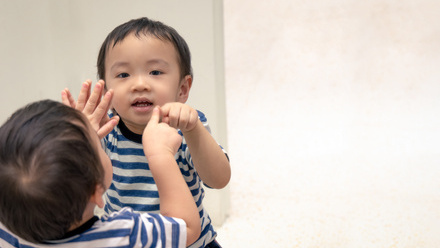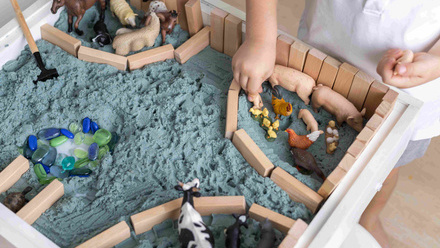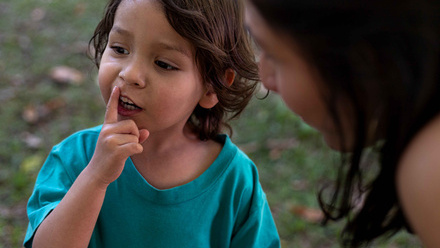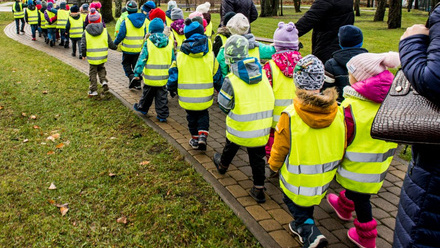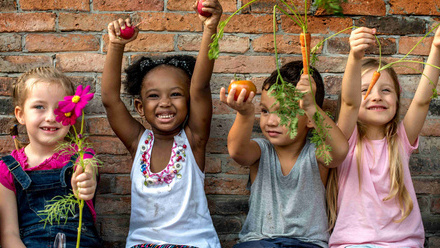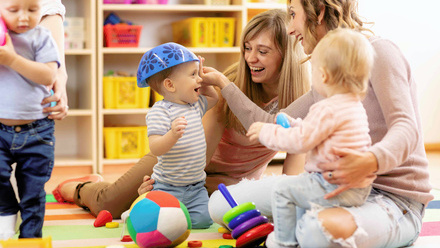From senses to sentences: building early literacy with sensory play
Listen to this article on the go.
Sensory play refers to activities that allow us to interact with our senses, whether it be touching unfamiliar textures, exploring what we see through colours and light, or trying new tastes.
Not only is it fun to get a little messy investigating the world around us in new ways, sensory play also offers a lot for young children’s development.
Playdough
Our tactile friend! Playdough is a cost-friendly way to get creative, offering an accessible means of expression for children of all ages. For babies, playdough can offer a new means to develop single words, like colours, and describe words by narrating their open-ended play. For toddlers with more vocabulary, why not incorporate playdough into storytelling, allowing children to follow a narrative by making things that reflect the adventure on the pages? You can enhance this experience by adding scents to your playdough to elevate the use of smell within play and prompt new creative thinking.
Soundscapes
A big aspect of early literacy is about developing our ability to listen and interpret. Soundscapes offer a great way to develop learning to discriminate and identify different sounds in the environment around us.
Soundscapes allow children to immerse themselves in new and familiar sounds, learning to recognise the differences and boost their imaginations at the same time. You can enhance this by turning down lights, using sensory materials and creating a space for children to focus on what they can hear.
Sensory Paths
Whilst focusing on one sense is important for developing a mindful approach to play, it can be as beneficial to use a whole-body approach too! Physically engaging sensory activities can incorporate our sense of touch and sight to develop gross motor skills too. Creating a large sensory obstacle path can reflect the notion of a storyline – books like We’re Going on a Bear Hunt have a great sequence to them that allows children to reflect on stages in the narrative and respond with physically sensory moments, like wading through a tuff tray of water or crawling through a dark tunnel.
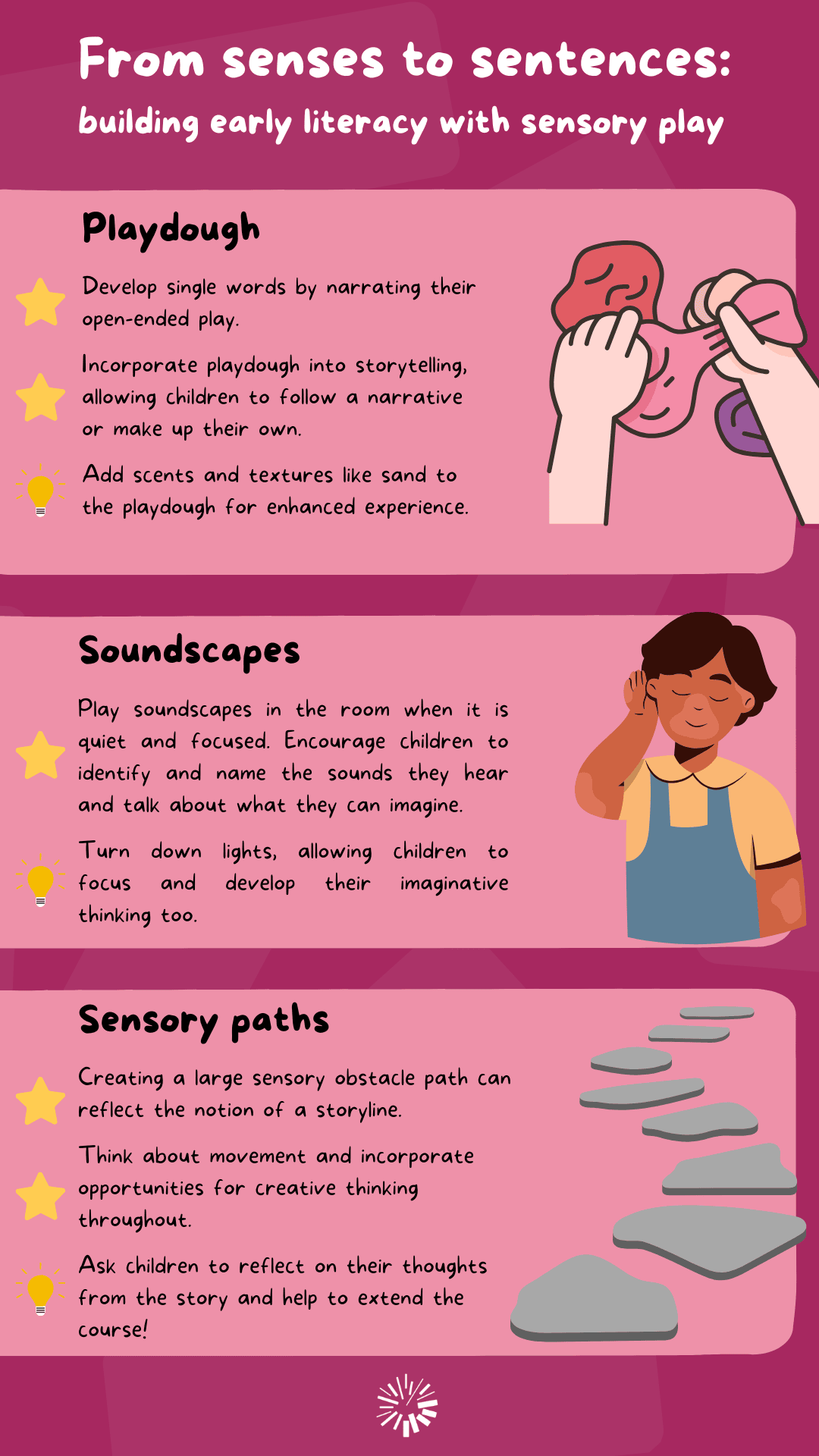
The possibilities for sensory play are endless! Why not take a look at some of our other member resources, including those on water play and sand play?

